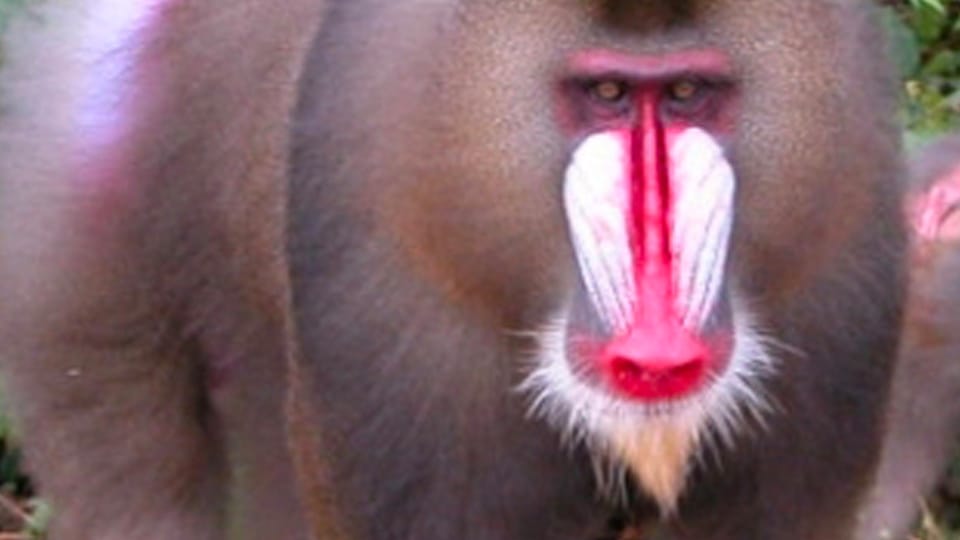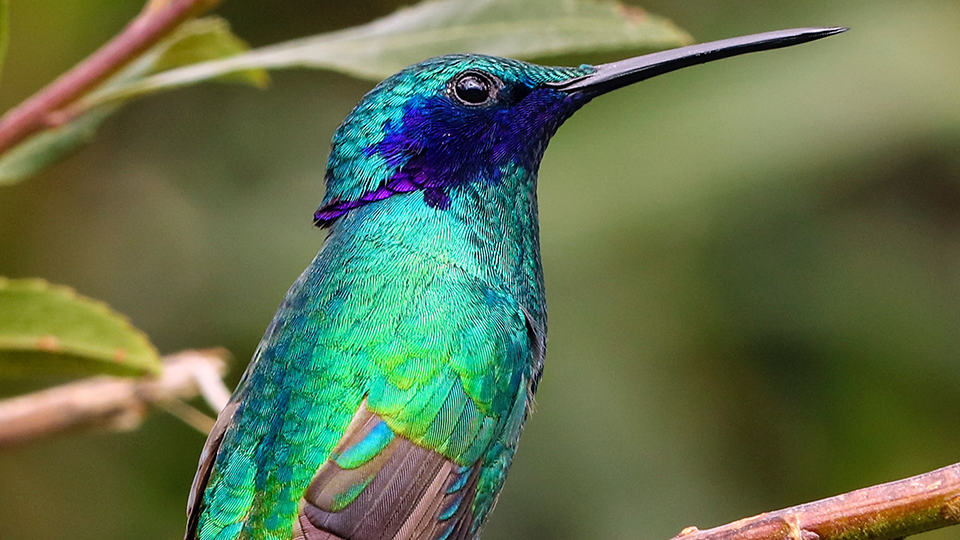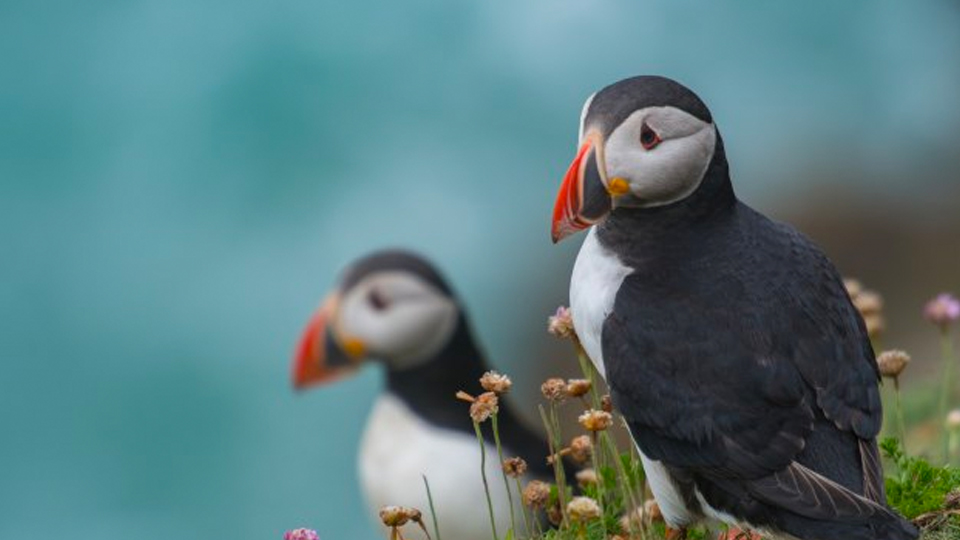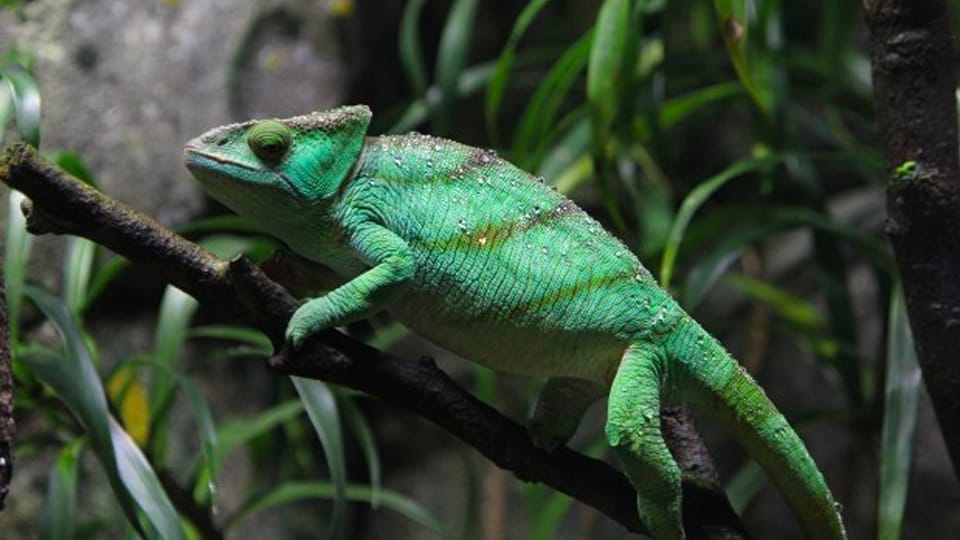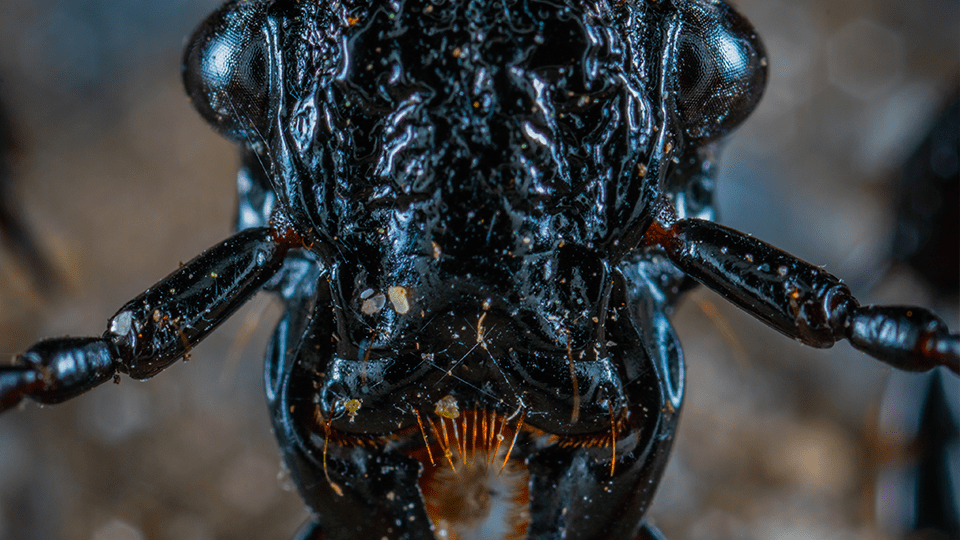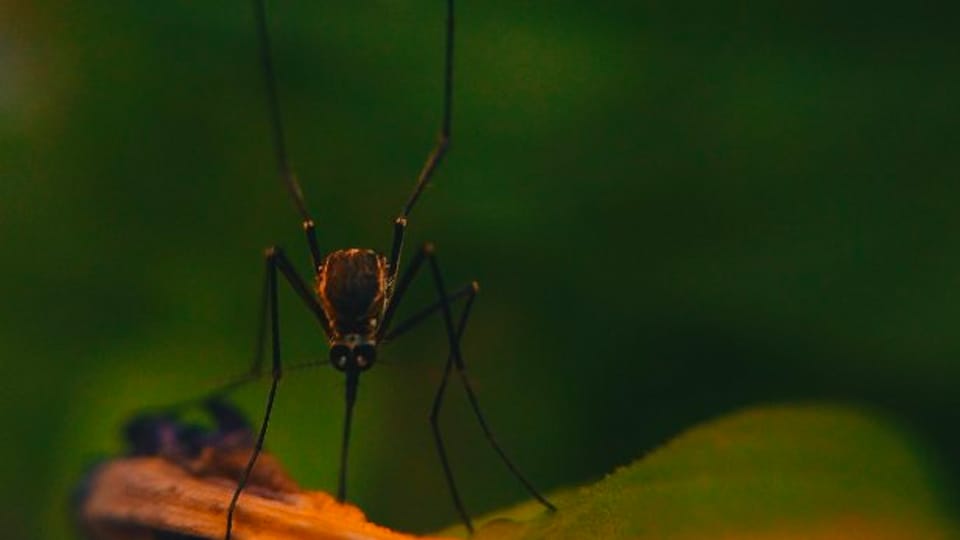Joanna Setchell – Sex and signaling in mandrills
‘Sex and Signaling in Mandrills’ By Dr Joanna Setchell (Durham University, Department of Anthropology) Abstract: Mandrills are one of the most sexually dimorphic mammals. Adult males possess bright red, blue, pink and purple skin on the face, rump and genitalia. Unusually for an Old World primate, which are generally regarded as microsomatic, they also possess […]
Joanna Setchell – Sex and signaling in mandrills Read More »

